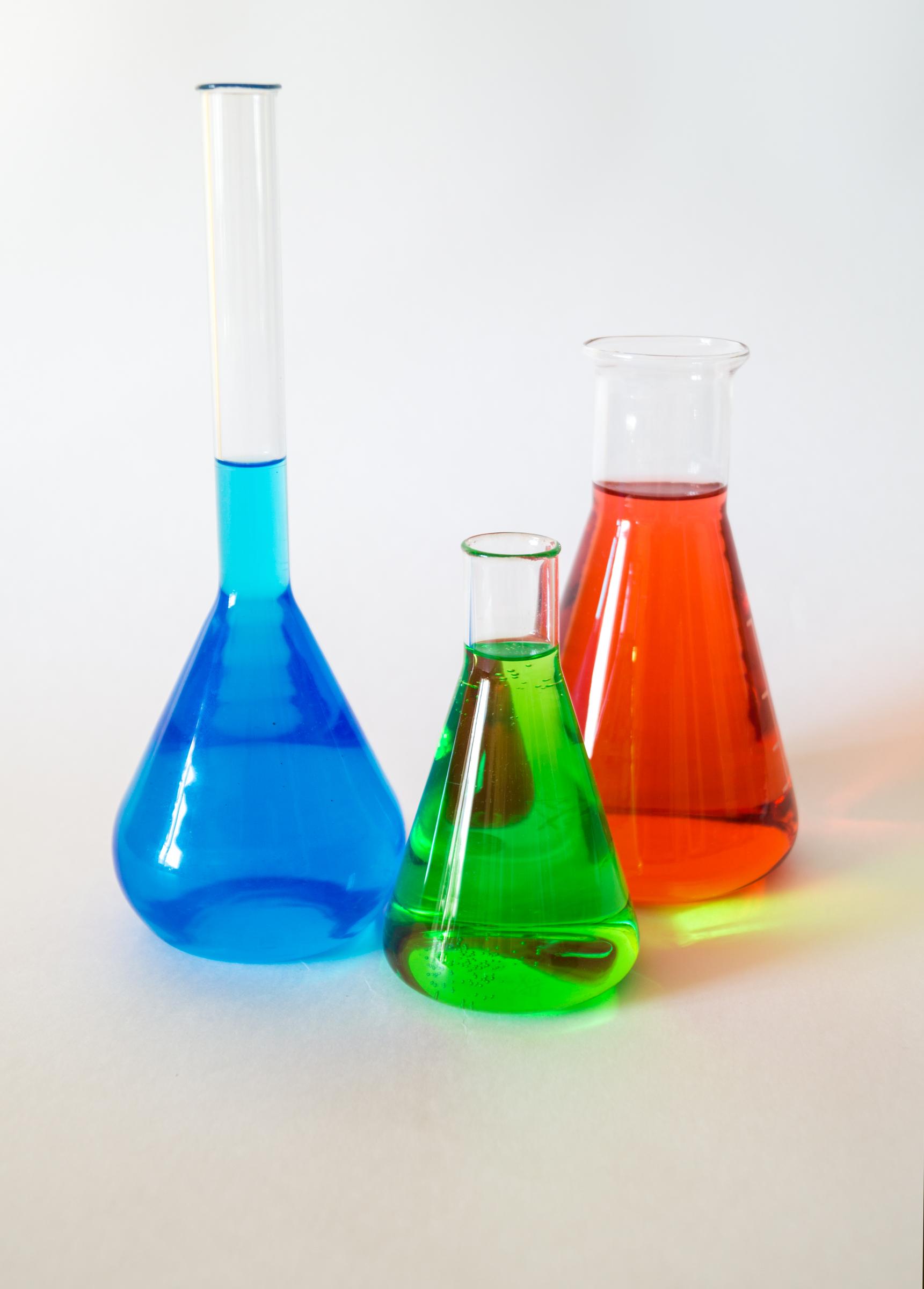Science

Foundation have been testing different materials to determine their suitability for protection from the elements should their party hat be worn on a rainy or sunny day.
We have tested various materials to see the impact of water on them (they loved the reaction when water was poured on a blue crepe streamer and the dye bled out all over the tray!) and checked others to see how much shadow (or shade) they provide for sun protection.
We now have some prototypes to test before we make our own party hats!
Grade 1/2 really enjoyed making mixtures over the past few weeks, and we are now looking into what mixtures are used for and how we actually use them in our everyday lives for cleaning, eating, drinking and even medicines that are used to maintain our health.
We did some brainstorming and came up with a basic definition for a mixture - a mixture is when you put different things together and you use it for doing things! A ‘mixture’ in chemistry is two or more substances (or materials) that are intermingled in the same area.
Grade 3/4 continue to plan for their investigation on the capacity of different packaging materials to protect a biscuit from impact.
We are planning this together, providing support and modelling on how to plan and conduct the investigation including making predictions, observing and recording the results.
The children will work in collaborative learning teams to conduct the investigation, and then work towards describing how the use of materials is determined by their properties.
Grade 5/6 have carried out their investigation about the fastest way to melt an ice cube - in their mouth, wrapped in a towel, in the sun or at room temperature.
Obviously in the mouth was the fastest, and the children were then encouraged to write and explanation of their results with reference to changes in the state of matter (the ice changed from a solid to a liquid) and the cause for this change regardless of method.
In all instances - heat created change.
We are really working on being able to explain the results of our science investigations using the language and terminology used in the explanations and discussions, putting this into sentences and referring back to the question of the investigation, giving reasons and evidence of the results.